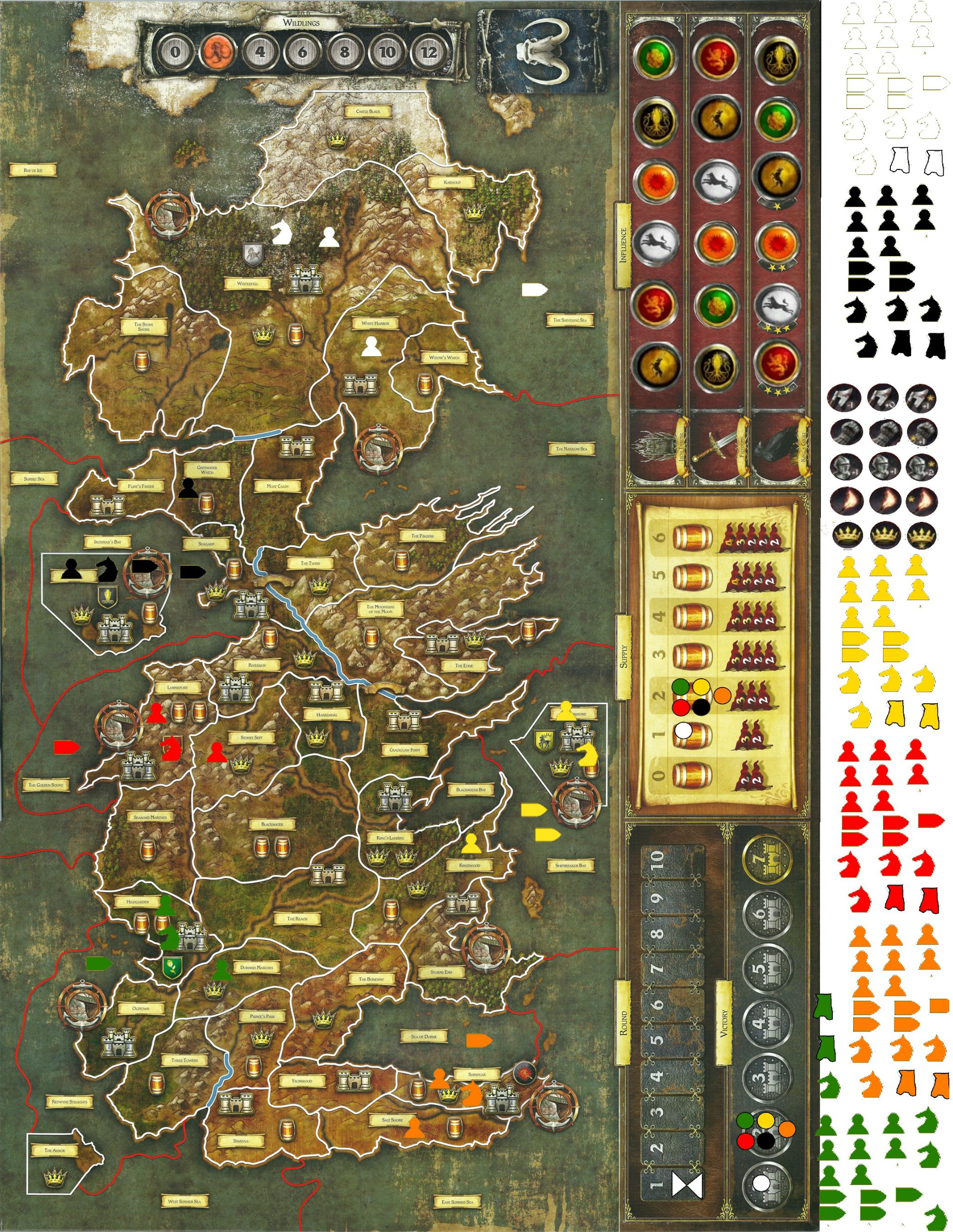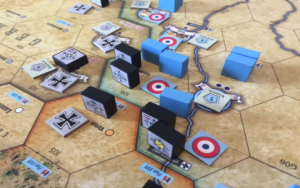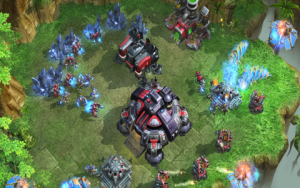got board game strategy
So, I finally got around to playing that “A Game of Thrones” board game everyone’s been talking about. I’ve always been a fan of strategy games, and with all the hype around this one, I figured it was time to see what it was all about. Let me tell you, it was quite the experience.
First off, I gathered a few friends who were also curious about the game. We set aside a whole evening because we heard it could take a while. We unboxed the game, and wow, there were so many pieces! Cards, tokens, a massive game board—it was a bit overwhelming at first, to be honest.
We spent a good chunk of time just reading through the rulebook. It’s not exactly light reading, you know? There are so many rules and mechanics to wrap your head around. I remember thinking, “This is going to be more complicated than I thought.” But we pushed through, determined to figure it out.
Once we had a decent grasp of the rules, we picked our houses. I went with House Lannister, mainly because I liked their color, haha. My friends chose Stark, Baratheon, and Greyjoy. Then we set up the board, placing our units and tokens according to the starting setup in the rulebook.
- One of my friends was really into the lore of the show, so he kept explaining the significance of each house and location. It was a bit much for me, but I appreciated his enthusiasm.
- Another friend was all about the strategy. He kept muttering about “consolidating power” and “securing key locations.”
- And the last one just wanted to see some action. He was itching to start attacking and raiding.
The first few rounds were a bit slow as we were still getting used to the game. We made a few mistakes, had to look up rules a couple of times, but we gradually got the hang of it. I started to see why people were so into this game. The strategy involved is deep. You have to think about resource management, diplomacy, and of course, warfare.

I tried to play it cool and formed an alliance with the Baratheon player. We agreed to help each other out, for a while at least. But I knew that in this game, alliances are fragile. I kept a close eye on him, just in case.
We had some intense battles. I managed to take King’s Landing early on, which gave me a nice boost. But then the Stark player swept down from the North and took it from me. It was a back-and-forth kind of game. You gain some ground, then you lose some. It’s a real struggle for power.
As the game progressed, I started to see the bigger picture. It’s not just about winning battles. It’s about positioning yourself for the long game. You need to anticipate your opponents’ moves, make strategic alliances, and know when to break them. It’s a lot like real-world politics, come to think of it.
In the end, I didn’t win. The Stark player managed to secure enough castles to claim victory. But honestly, I didn’t even mind. The experience of playing the game, the strategic thinking, the negotiations, the betrayals—it was all so much fun.
I definitely see myself playing “A Game of Thrones” board game again. It’s one of those games that you can play over and over, and each time it’s different. There’s so much replayability. And I’m determined to win next time. I learned a lot from this first game, and I have some new strategies in mind. Watch out, House Stark!
Overall, playing the “A Game of Thrones” board game was a great experience. It’s a challenging, engaging, and deeply strategic game that I highly recommend to anyone who enjoys a good brain workout. Just make sure you have a few hours to spare and some friends who are up for the challenge.







